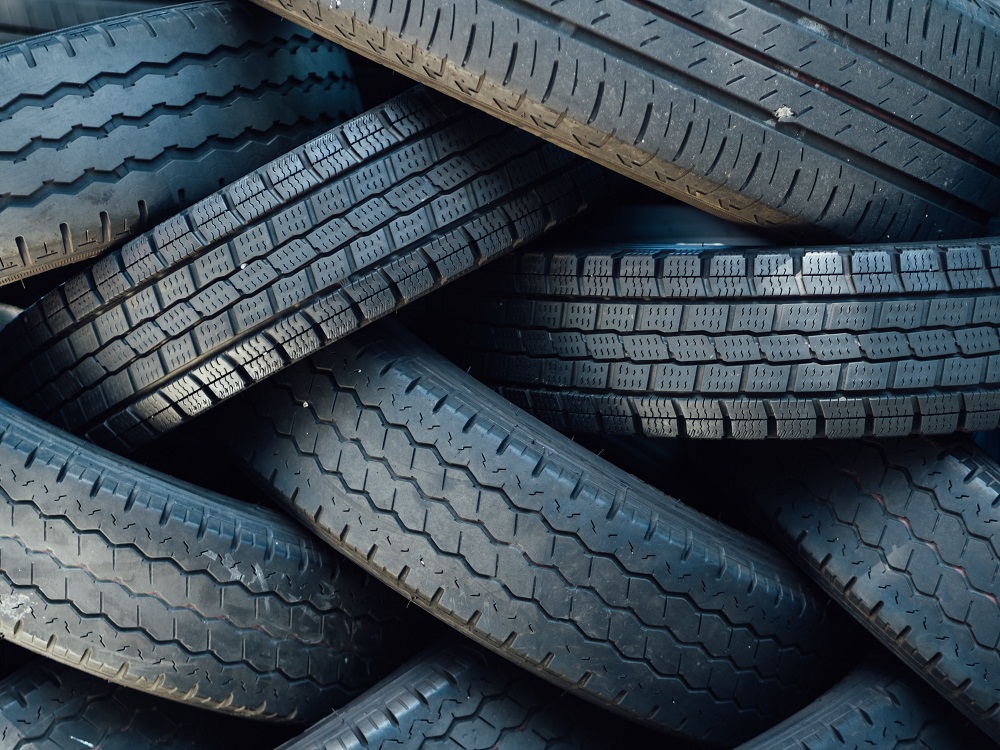The Covid-19 pandemic reordered the global economy as billions of people learned to work from home, crippling demand for everything we use to get around, from shoes to petroleum. One of the commodities that got whacked by Covid in 2020, because it is so tied to the automotive industry, and is now staging a comeback, is rubber.
Shipments of tires, gloves, tubes, hoses, conveyor belts, and other rubber products are trending up this year after sharp declines in shipments and prices in 2020, according to an analysis of first-quarter trade data by Trade Data Monitor, the world’s top source of trade statistics.
The world number one importer, the U.S., reported rubber imports up a whopping 34.6% to $9.1 billion in the first quarter of 2021, as Americans bought new car tires to get back on the road, rubber gloves to protect themselves from Covid, and new rubber-soled shoes to walk around as pandemic restrictions taper off.
The world’s top exporter, China, reported shipments of rubber up 65% in the first quarter of 2021, exporting $7.3 billion, up from $4.4 billion in the first quarter of 2020. China’s top customer, the U.S., more than doubled its orders, buying $1.3 billion worth, compared to $418.6 million over the same time period in 2020.
Over half of all Chinese rubber shipments — $3.9 billion worth — of those exports were in the form of tires for cars. But China also increased shipments of conveyor belts (up 36% to $244.9 million), which are crucial components of e-commerce; tubes, pipes and hoses, often used in automotive (up 49% to $269 million); and rubber gloves (up 1,241% to $1.1 billion).
It wasn’t just China. In the first quarter, the world’s number two exporter, Thailand, increased rubbed exports 36% to $5.3 billion. Although Thailand exported $1.5 billion of tires, it also shipped out $1.4 billion of natural rubber, a raw material.
In 2020, natural rubber, which is harvested from trees, accounted for around 46% of global rubber productions. The rest was synthetically produced from petroleum byproducts, a technology spurred by rubber shortages during the 20th century’s two world wars.
Rubber is used to make everything from shoes and toys to golfs balls and condoms, but the biggest driver of the global rubber trade is still car and truck tires. That industry got hammered by Covid. In 2020, imports by the U.S., the world’s top consumer, fell 9.8% from 2019 to $13.2 billion from $14.6 billion. Americans weren’t driving as much, so they didn’t need to replace their tires. This trend, enacted around the world, decimated global rubber trade in 2020.
In the first quarter of 2021, U.S. consumers got back on the road, and tire imports increased 4.7% to $3.6 billion.
Overall, during that time, U.S. rubber imports increased 34.6% compared to the year before, rising to $9.1 billion from $6.7 billion. A big chunk of that increase came from shipments of rubber gloves, which more than doubled, to $2.6 billion from $613.2 million. The U.S. is the world’s top rubber importer, shipping in $27 billion worth in 2020.
The U.S.’s top suppliers of rubber were Thailand ($4.1 billion), China ($2.8 billion), and Malaysia ($2.8 billion). The U.S. buys rubber from a wide variety of sources, ensuring that it will have stability of supply. It imported over a billion dollars’ worth of rubber from eight different countries.
The only rubber item to buck the downward trend in 2020 was gloves. U.S. imports exploded to $4.1 billion in 2020, from $2.3 billion in 2019, a 78% increase.
A resurgent rubber import market suggests that the U.S. industrial economy is stabilizing. U.S. imports of rubber tubes, pipes and hoses increased 0.7% to $267.7 million in the first two months of 2021, after falling 17.7% to $1.4 billion in 2020.
China was the world’s only major economy to expand in 2020. It increased rubber exports 1.7% to $22.5 billion. It shipped over a billion dollars to only two trading partners, the U.S. and UK., meaning that its producers enjoy a wide, global customer base.
However, Malaysia, the world’s fourth biggest rubber exporter, delivered the best performance in 2020, increasing rubber exports 58.1% to $11.2 billion. Thailand and German were the world’s second and third biggest rubber exporters in 2020, and the U.S. was fifth.


